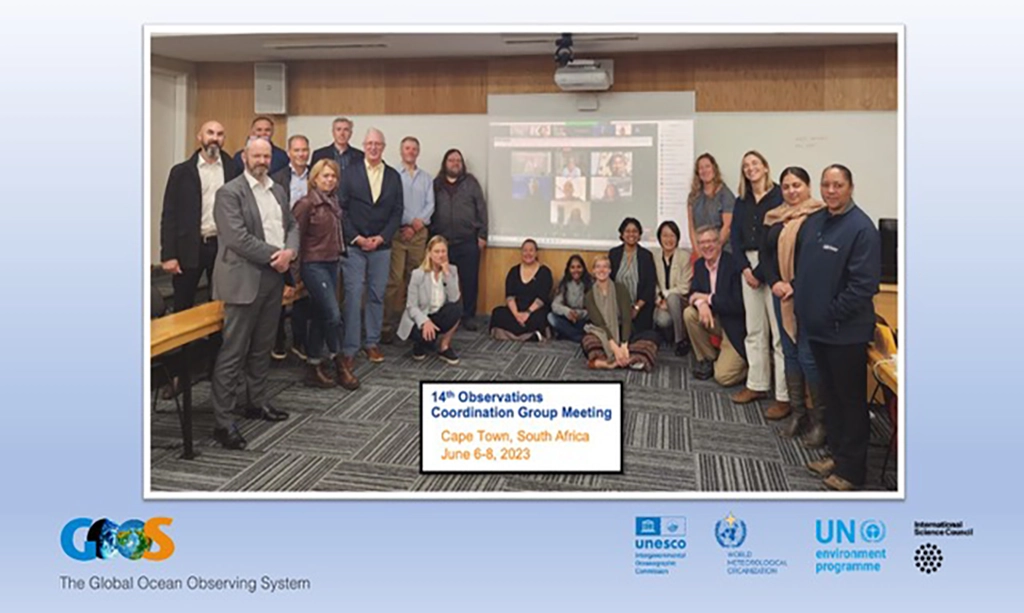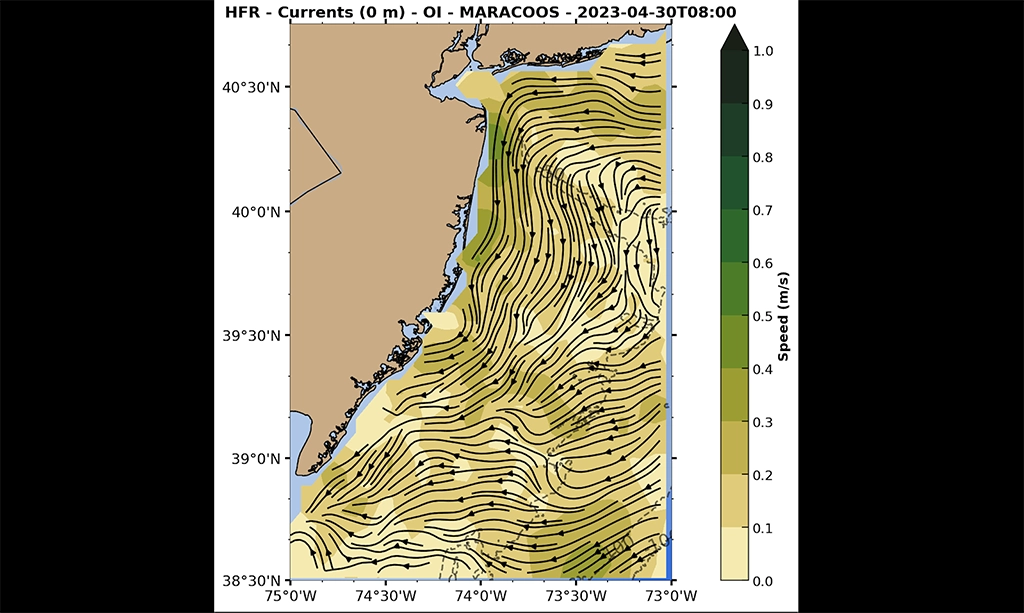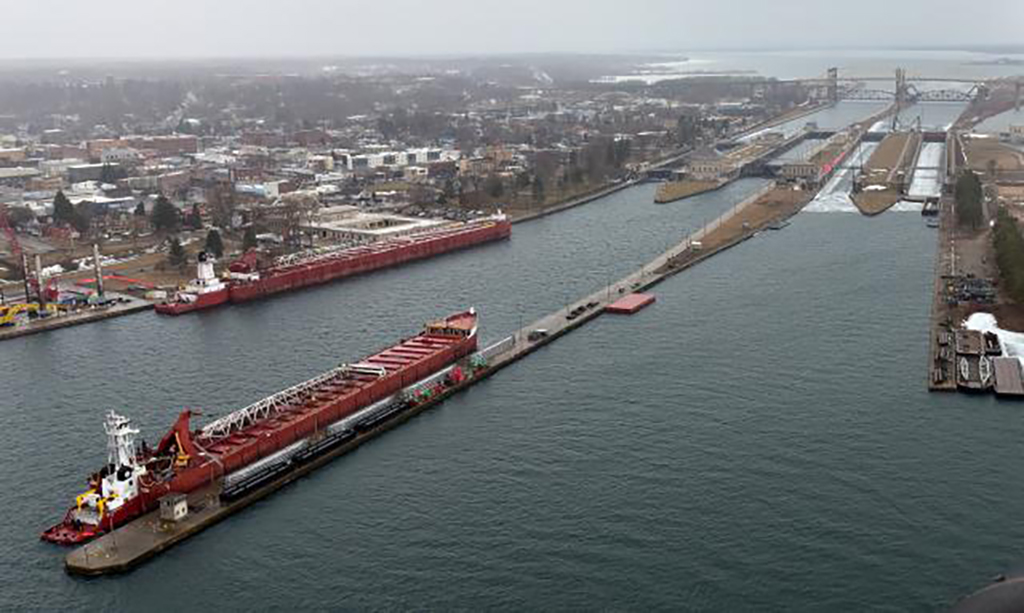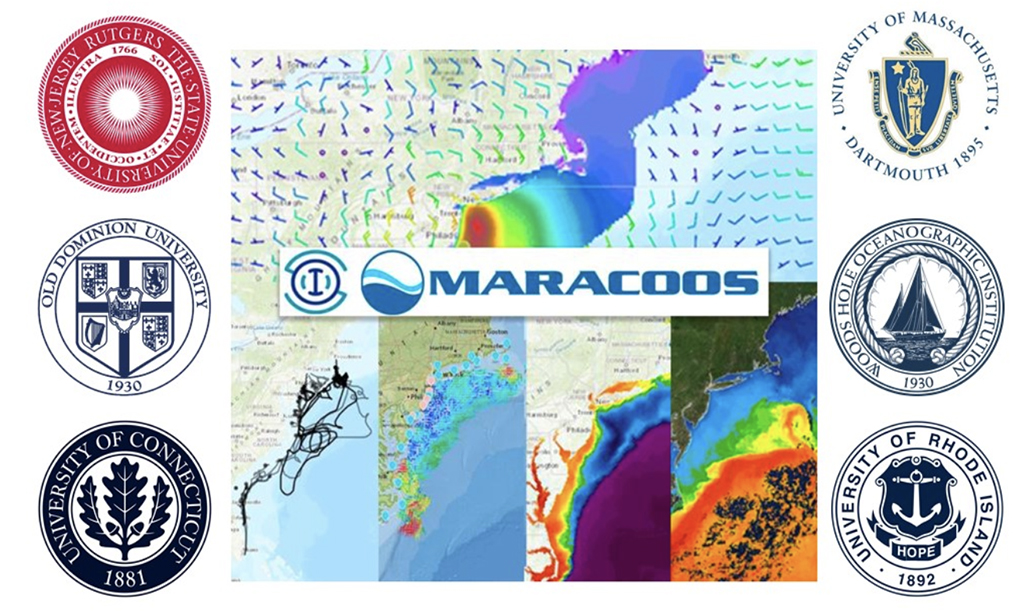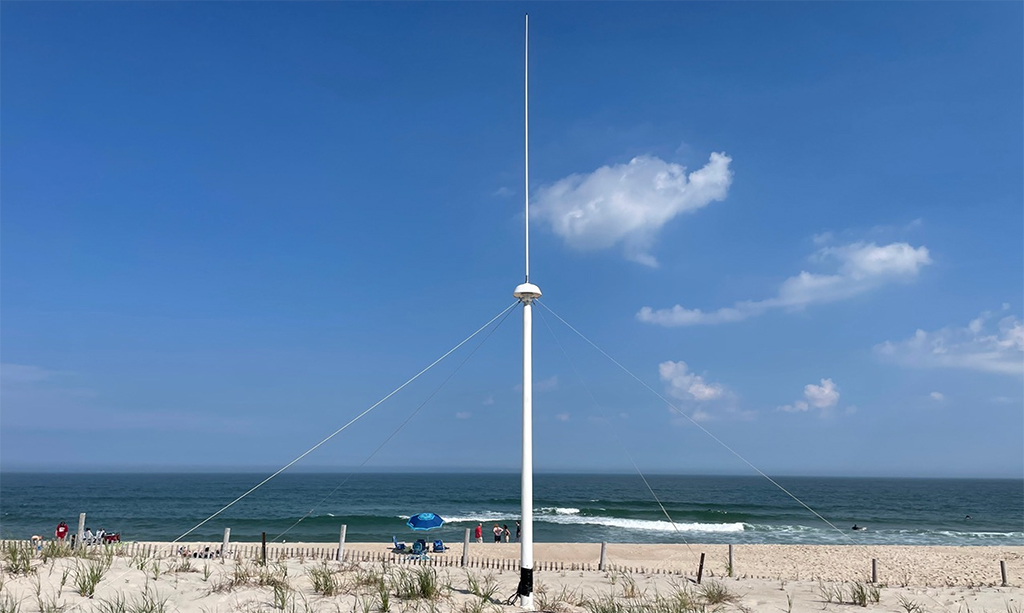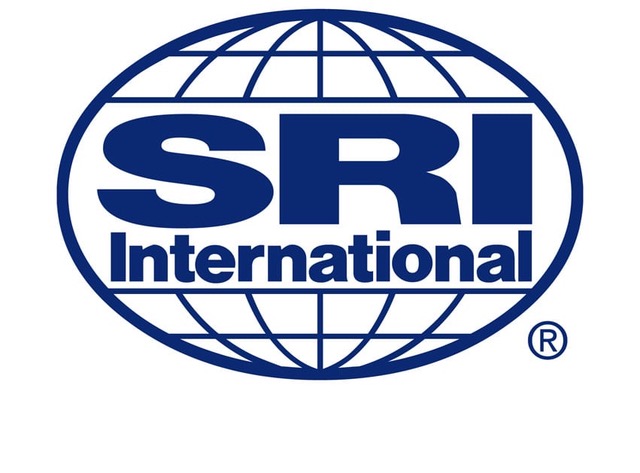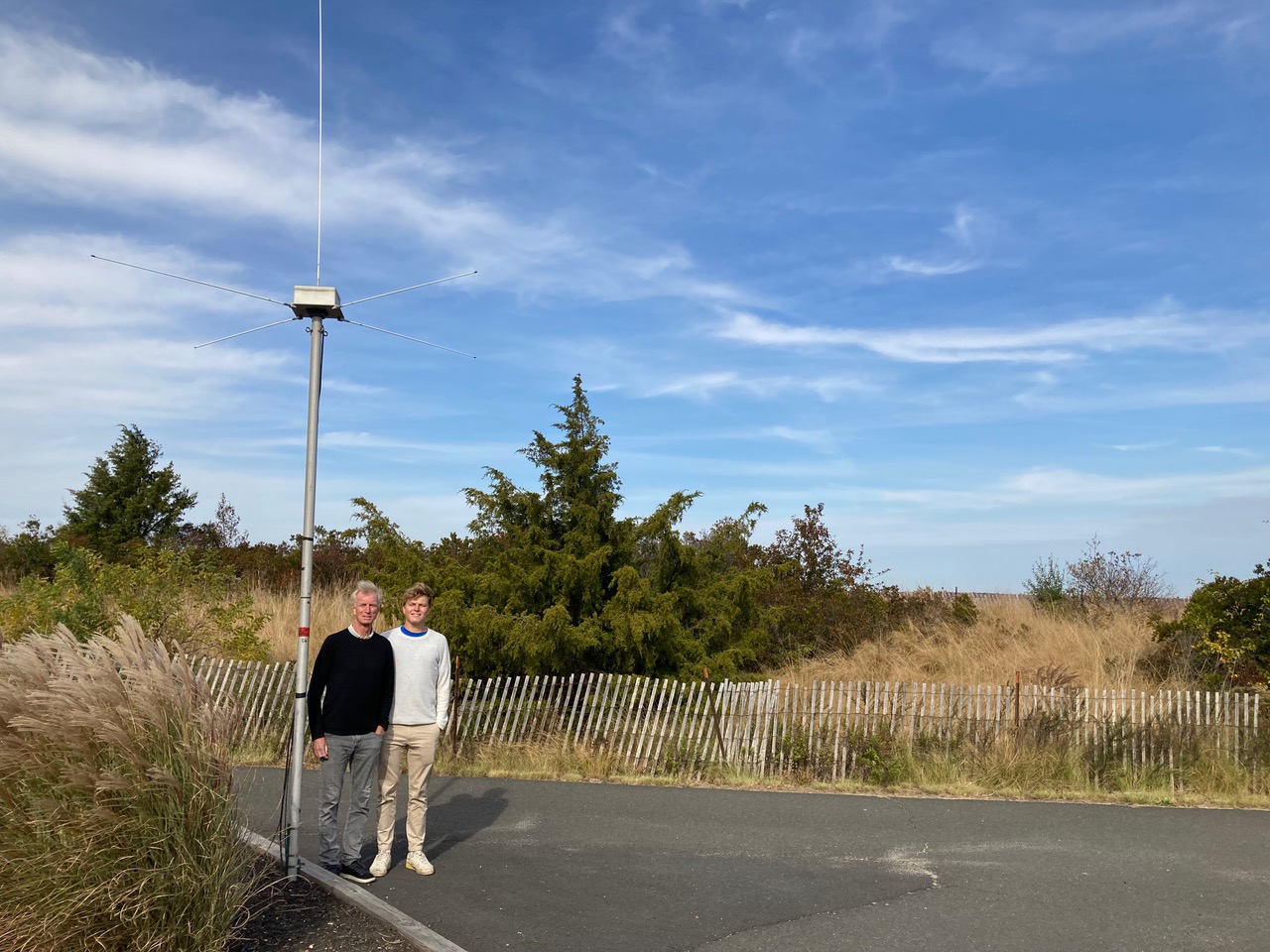High Frequency Radar Becomes Part of Global Ocean Observing System
This year High Frequency Radar was accepted as one of the networks within the Global Ocean Observing System (GOOS). The network was accepted along with Ocean Gliders and Animal Borne…

